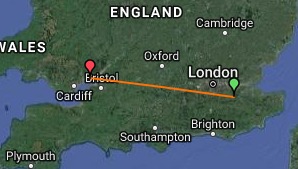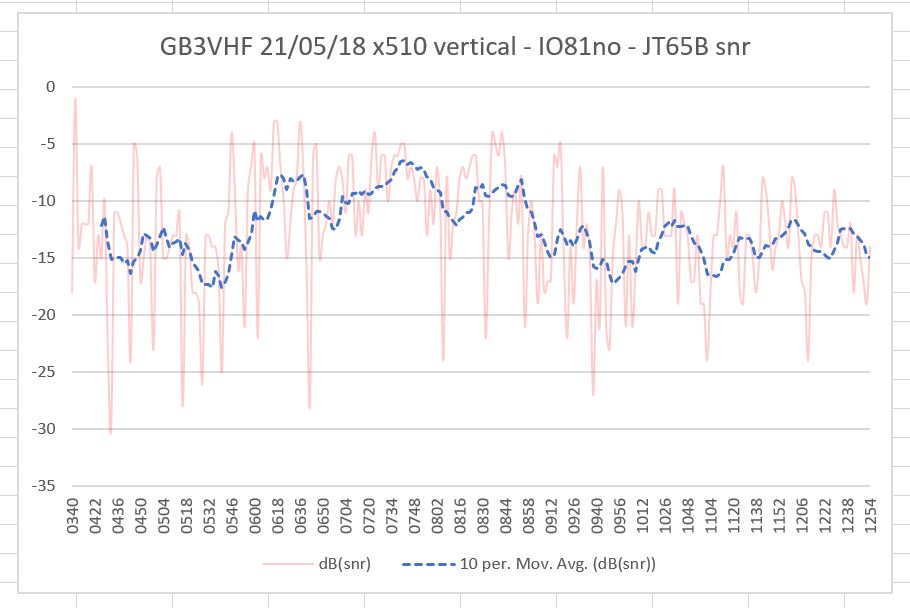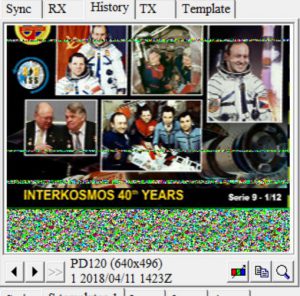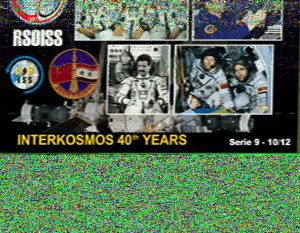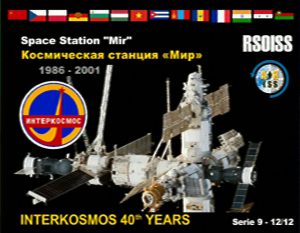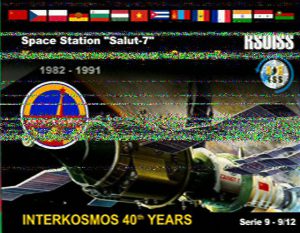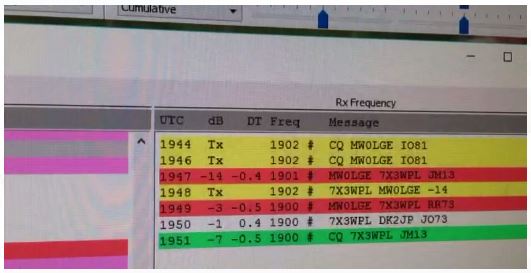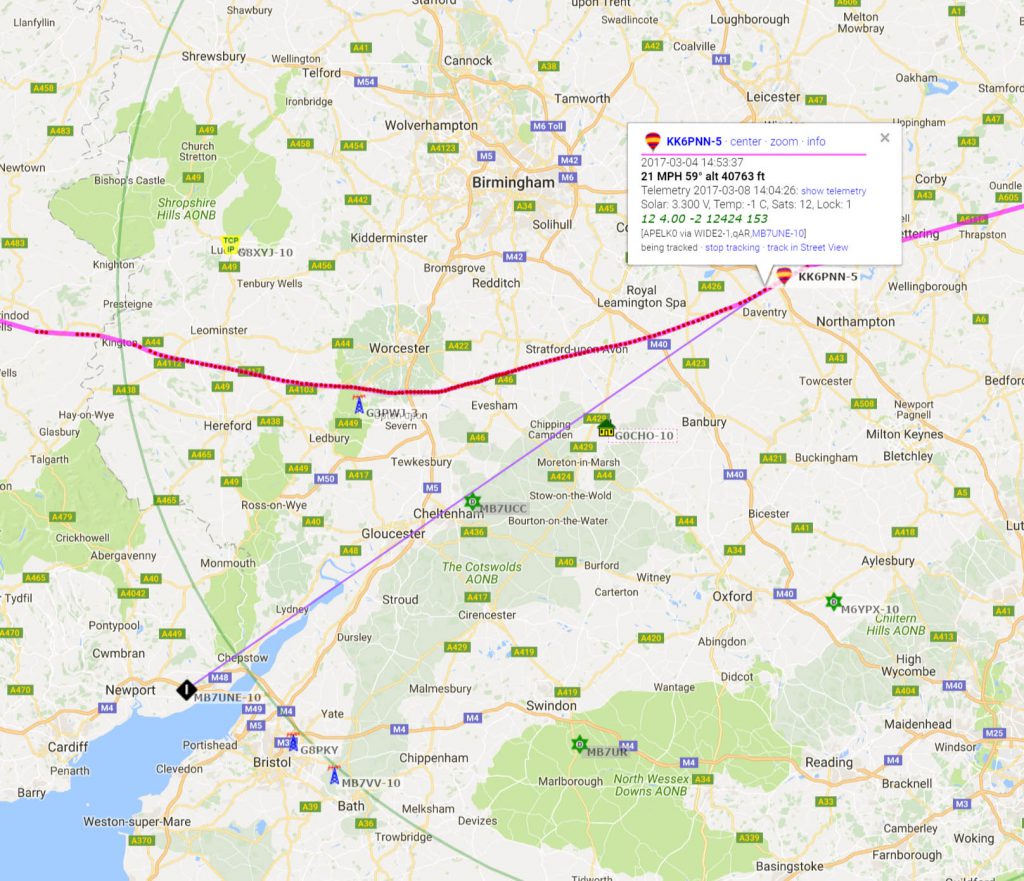So, unless you have been living under a rock you will have heard of DX Commander. M0MCX, Callum, runs a micro antenna business producing mostly multiband vertical antennas. He also runs a very enjoyable YouTube channel.
Based on a ‘fan dipole’ idea, half of the the dipole is taken and turned on end, and driven elements for each band run up a vertical fibreglass flag pole. With a suitable ground system deployed a multiband HF vertical can be achieved very quickly. Research paper after research paper shows that diminishing returns are reached with roughly 4 times the amount of copper down as the wavelength of the lowest frequency band. So, if you want to reach those diminishing returns on 20m for example, you need something over 80m of ground radials, and don’t stress making them 1/4 wave or anything, just any old length, 20 to 30 radials of 4m each would be fantastic. Just chuck them down and get on the air !!!!
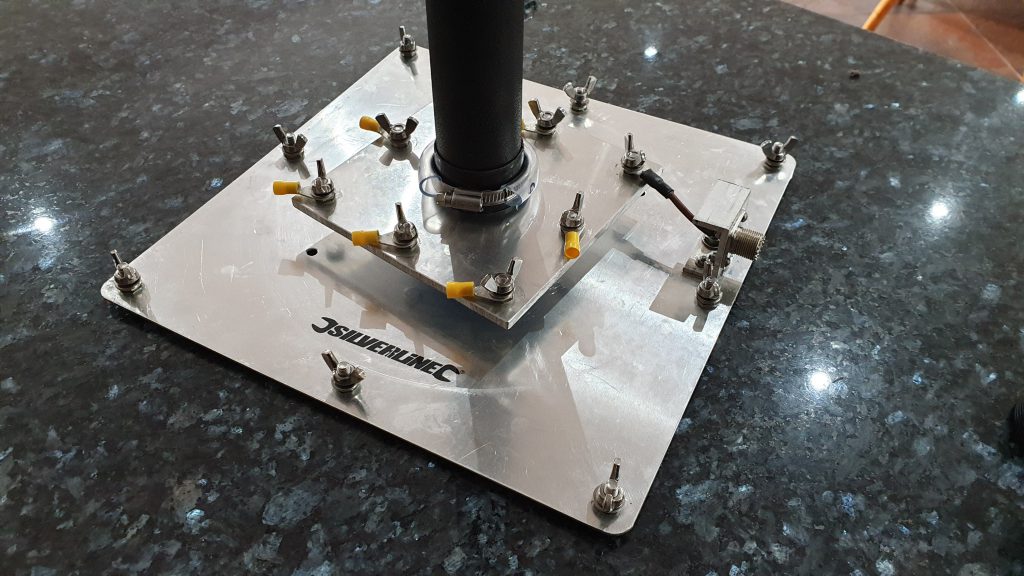
Anyway, with the ‘technomagic’ aside, I decided to built my own home brew version. I am using an aluminium plasterers hawk, upturned to act as the ground plate to attach all the radials to. Drilled and tapped, suitable bolts and an so239 attached, it is very easy to deploy. A couple of holes can be made to push tent pegs through.
I picked up a DX Commander 10m fibreglass pole. The end cap can be removed and it sits nicely over the handle from the plasterers hawk.
In Part 2 I will build the ‘spacer plates’ and get the elements cut for each band I want to operate on.
73 for now !

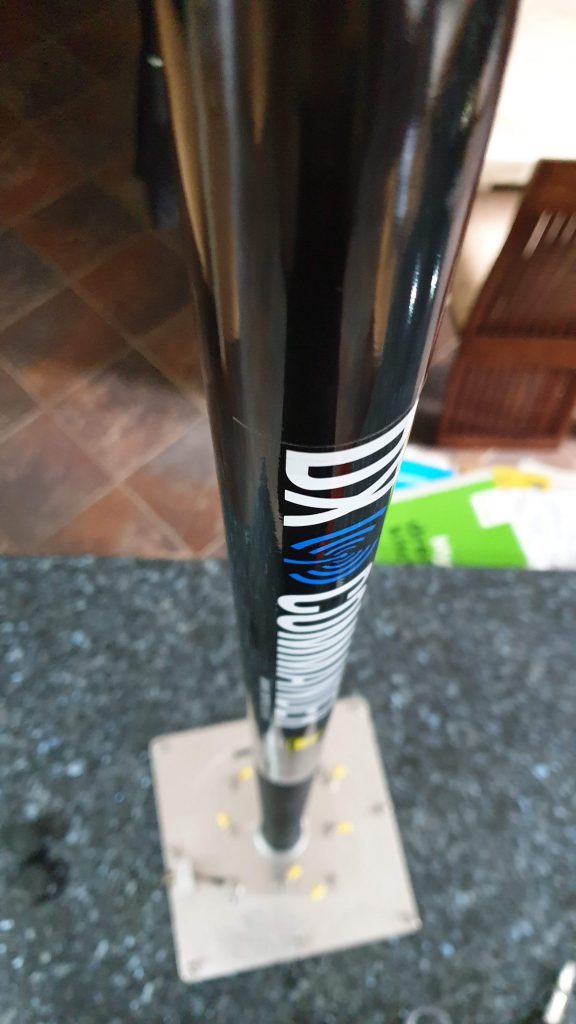
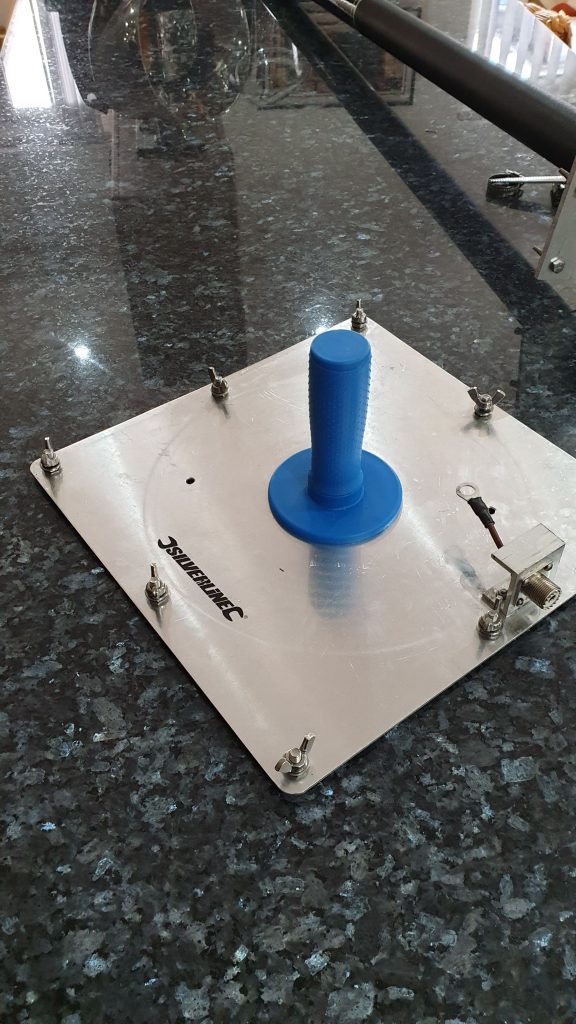
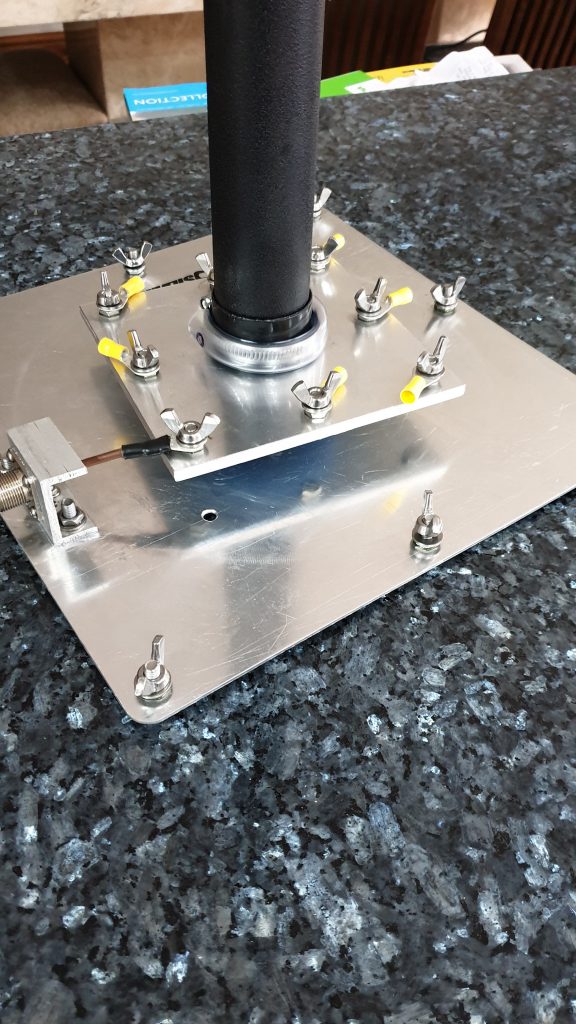


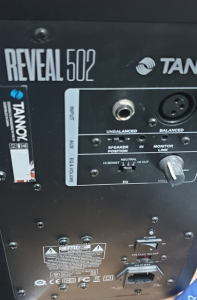

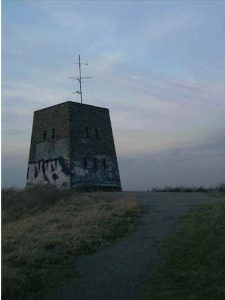 I had the beam pointed at GB3VHF but noticed another signal on the waterfall around 144.415.590Hz. I moved the beam to 80 degrees, and it was the PI7CIS beacon on the sea shore of Scheveningen, around S3-4.
I had the beam pointed at GB3VHF but noticed another signal on the waterfall around 144.415.590Hz. I moved the beam to 80 degrees, and it was the PI7CIS beacon on the sea shore of Scheveningen, around S3-4.